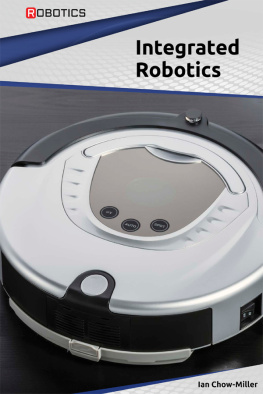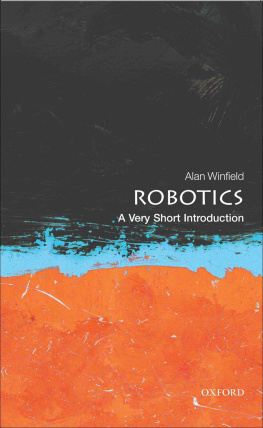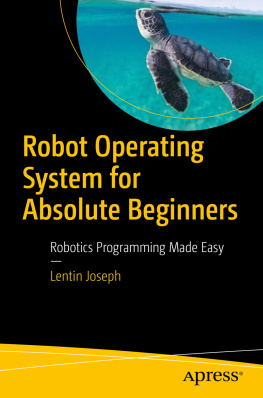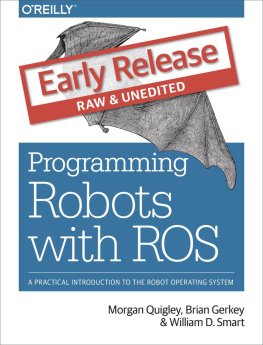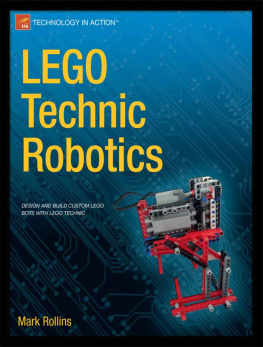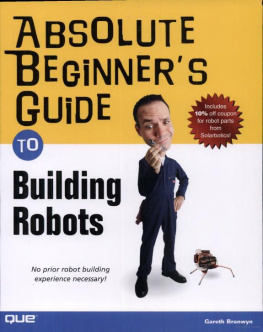Published in 2017 by Cavendish Square Publishing, LLC
243 5th Avenue, Suite 136, New York, NY 10016
Copyright 2017 by Cavendish Square Publishing, LLC
First Edition
No part of this publication may be reproduced, stored in a retrieval system, or transmitted in any form or by any meanselectronic, mechanical, photocopying, recording, or otherwisewithout the prior permission of the copyright owner. Request for permission should be addressed to Permissions, Cavendish Square Publishing, 243 5th Avenue, Suite 136, New York, NY 10016. Tel (877) 980-4450; fax (877) 980-4454.
Website: cavendishsq.com
This publication represents the opinions and views of the author based on his or her personal experience, knowledge, and research. The information in this book serves as a general guide only. The author and publisher have used their best efforts in preparing this book and disclaim liability rising directly or indirectly from the use and application of this book.
CPSIA Compliance Information: Batch #CW17CSQ
All websites were available and accurate when this book was sent to press.
Names: Chow-Miller, Ian.
Title: Integrated robotics / Ian Chow-Miller.
Description: New York : Cavendish Square Publishing, [2017] | Series: Robotics | Includes bibliographical references and index.
Identifiers: LCCN 2016021848 (print) | LCCN 2016029636 (ebook) | ISBN 9781502619365 (library bound) | ISBN 9781502619372 (E-book)
Subjects: LCSH: Robots--Design and construction--Juvenile literature. | Robots--Programming--Juvenile literature. | Robotics--Juvenile literature.
Classification: LCC TJ211.2 .C5343 2017 (print) | LCC TJ211.2 (ebook) | DDC 629.8/92--dc23
LC record available at https://lccn.loc.gov/2016021848
Editorial Director: David McNamara
Editor: Fletcher Doyle
Copy Editor: Nathan Heidelberger
Assistant Art Director: Amy Greenan
Designer: Alan Sliwinski
Production Coordinator: Karol Szymczuk
Photo Research: J8 Media
The photographs in this book are used by permission and through the courtesy of: Cover Yougen/iStock. com; p. 4 Ethan Miller/Getty Images Entertainment/Getty Images; p. 8 Used with permission from Parallax Inc. Copyright 2016 Parallax Inc. All rights reserved; p. 10 Lego Mindstorms RCX, photographed by Mairi/ File:LegoMindstormsRCX.jpg/Wikimedia Commons; p. 13, 22, 69 Courtesy Vex Robotics; p. 15 Bloomberg/ Getty Images; p. 16 MARK RALSTON/Getty Images; pp. 18, 31, 34, 37, 44, 50-51, 54, 59, 60, 77, 83, 86: Ian Chow-Miller; p. 21 hew J. Lee/The Boston Globe/Getty Images; p. 28 isafx/iStock/Thinkstock; p. 32 Julija Sapic/ Shutterstock.com; p. 33 JakeUM/File:Underwater Linear Actuator.png/Wikimedia Commons; p. 39 Jeopardy Productions via Getty Images; p. 42 Denys Po/Shutterstock.com; p. 40 Maxisport/Shutterstock.com; p. 57 flixelhouse/Shutterstock.com; p. 62 rjp/flickr.com; p. 66 Autoine Taveneaux/File:Cage de Faraday.jpg/Wikimedia Commons; p. 70 EVARISTO SA/Getty Images; p. 79 erfectlab/Shutterstock.com; p. 81 NASA; p. 88 Chris Bartle/ File:Roomba time-lapse.jpg/Wikimedia Commons; p. 90 Westend61/Getty Images.
Printed in the United States of America
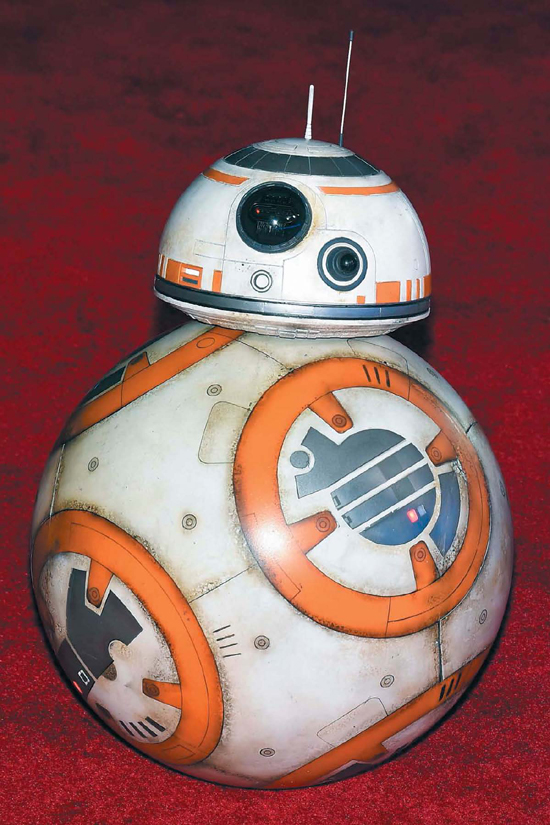
BB-8, a fictional robot, captivated millions of young moviegoers the way R2-D2 did a generation earlier.
1 What Is a Robot?
T hink for a second and picture the first thing that comes to mind when you hear the word robot. Is it BB-8? Or, if youre older like me, perhaps its C-3PO or R2-D2? Or does a vacuum roaming around the floor of your living room picking up dust with nobody holding the handle fit the bill? Maybe its an unmanned drone dropping bombs on the enemy, or it could be an industrial robot making cars in a factory. While we all might have different images of a robot, Im willing to bet that most people, and especially most people reading this book, have some solid concept of what a robot is.
If we all have an idea of what a robot is, why do we all have such different ideas? In researching this book, Ive looked up over a dozen different definitions of robots, and they all differ in some respects. This is because the word robot is not one that has developed over hundreds of years. It doesnt have an etymology that can be traced to an ancient Latin root that has sprouted tons of words familiar to readers of the English language today. Instead, robot was coined by a Czech playwright named Karel Capek. He wrote a play in 1921 called R.U.R. (subtitled Rossums Universal Robots). The robots in his play were artificially manufactured humans who were produced to do work. The word robot most likely comes from the Czech word robota, which translates as forced servitude.
The robots of classic science fiction started the trend toward the anthropomorphic robot and probably not only spawned C-3PO but also gave the idea to many a young boy or girl to dress up for Halloween in a cardboard box wrapped in aluminum foil with buttons glued on. Yours truly was one of them.
But we know that these walking humanoids are not the only type of robots out there. Outside of the movies, there are actually very few of them compared to other types of robots, though they are becoming more prevalent. So how do we define robot and what fits into our definition? The definition I like to use, and one that seems to cover most of the robots we will examine in this book is: a programmable mechanical device (usually electronic) that carries out a series of automated tasks.
This definition allows us to include all the robots discussed in this book, including drones, industrial robots, those little roaming vacuums, and many others. But it also allows us to include a dishwasher. Is a dishwasher a robot? Programmable? Check. Mechanical device? Check. Carries out a series of automated tasks? Check. So if your dishwasher is a robot, what about your coffee machine? Hmmm ... the waters can get muddied.
Working Definition
A word that originates in a play, is picked up by Hollywood, and can be applied to almost any modern machine quickly loses its power to specifically define something. For this book, instead of trying to come up with a working definition of robot, I am going to narrow the scope to educational robots. These are the focus of this book, and since they are an area in which I have familiarity and expertise, I can provide us with a working definition that will lay the foundation for our further exploration.
An educational robot is one that is designed to be programmable by a student. It is small and inexpensive enough to meet the logistical and economic requirements of school teams and classes. It is nonspecific in its design, meaning it is not meant to mimic or emulate only one or two types of machines, but it can be built into hundreds if not thousands of different types of machines, with infinite variations.
Most educational robots are plug and play. Cables will easily connect motors and sensors with the brain. They wont require soldering or building a circuit board or other specialized engineering skills. While these are important and fun to learn, they shouldnt be a requirement for those who wish to learn how to build and program robots. There is a small subsection of educational robots in which the kit that students first build from does require putting together pieces under the hood, so to speak. One of these is the BoeBot (www.parallax.com), and while they are becoming popular, they dont come close to commanding anywhere near the market share that other educational robotics systems do.

